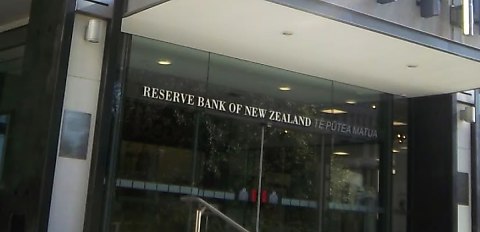The Reserve Bank of New Zealand’s (RBNZ) central bank on Wednesday (24 May) signalled it was done tightening after raising rates by 25 bps to 5.5 per cent.
The cash rate marked the highest in more than 14 years at 5.5 per cent, ending its most aggressive hiking cycle since 1999.
The move was as expected but surprised market economists after it signalled that it had considered keeping the cash rate on hold, which reflected global economic weakness, easing inflation pressures, signs of easing labour shortages, and a return of net inward migration.
The central bank acknowledged that interest rates were already constraining spending and inflation pressure, expressing confidence that “consumer price inflation will return to within its target range” while supporting maximum sustainable employment.
The central bank’s decision was influenced by weak global economic growth and easing inflation pressures.
It noted that international supply chain constraints had eased and shipping costs had declined.
These factors, combined with lower export prices for New Zealand’s goods, contributed to a weaker global growth outlook.
Although employment in New Zealand was above its maximum sustainable level, signs of labour shortages easing and declining job vacancies were observed.
The central bank noted that consumer spending growth had also slowed and residential construction activity declined and businesses reported slower demand for their goods and services.
It also identified a lack of demand, rather than labour shortages, as the primary constraint on business activity.
However, the committee anticipated that the pace of immigration would gradually return to pre-COVID-19 trend levels in the coming quarters.
RBNZ proposes easing home lending restrictions
The central bank previously announced its decision to relax restrictions on lending to borrowers in the highest risk bands.
The move comes as the RBNZ acknowledges the built financial stability and resilience within the country’s financial system.
The decision aims to strike a balance between promoting financial stability and allowing greater access to mortgage lending for owner-occupiers.
Effective from 1 June 2023, the RBNZ will increase the limit on loans to borrowers with a loan-to-value ratio (LVR) above 80 per cent.
The limit will rise from 10 per cent to 15 per cent of total new bank lending to owner-occupiers.
By allowing more lending to borrowers in the highest risk bands, the RBNZ aims to strike a balance between financial stability and improving access to mortgage financing for owner-occupiers.
The LVR restrictions were originally implemented in March 2021 to reduce the impact and severity of housing market corrections and strengthen the resilience of both the banking system and households.
[Related: RBNZ proposes to ease home lending restrictions]

